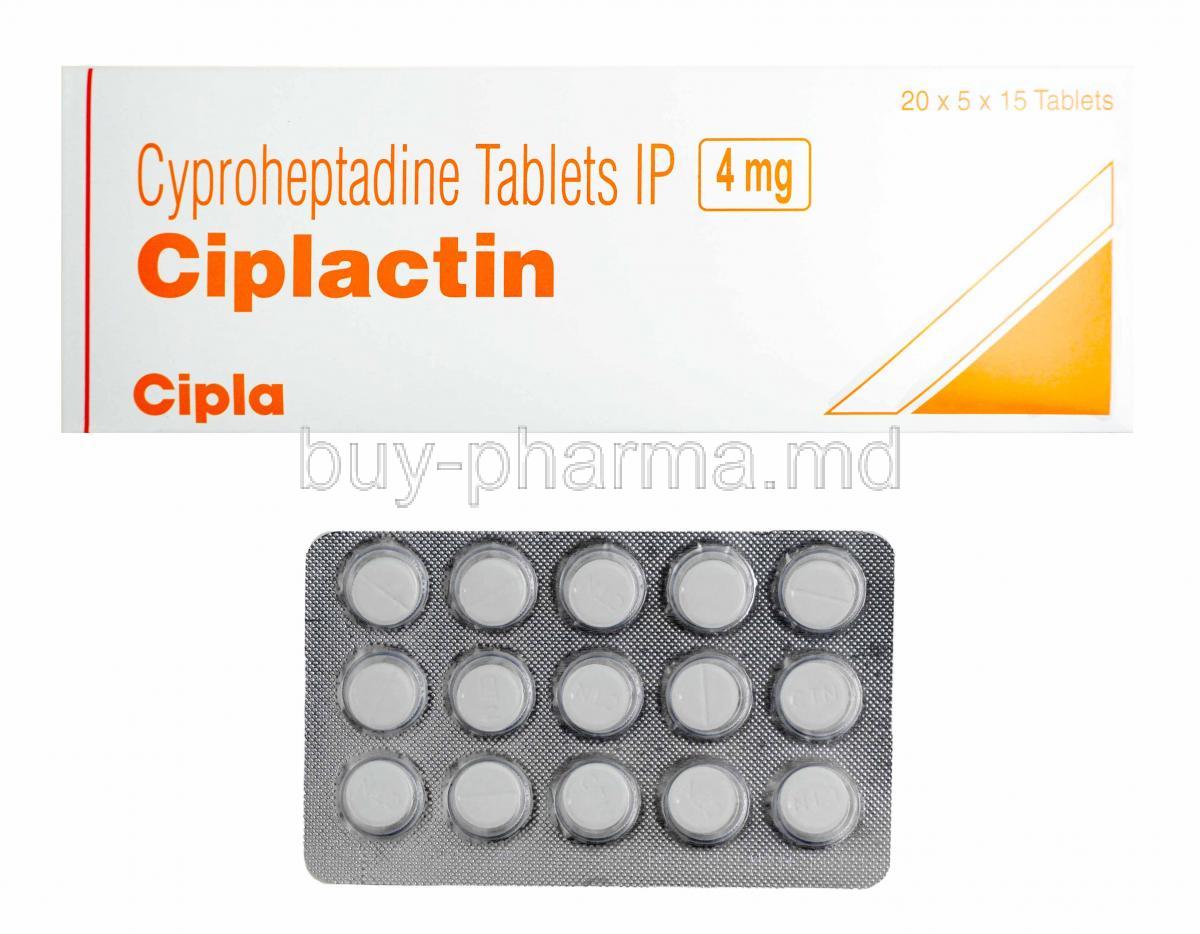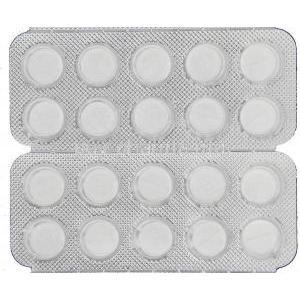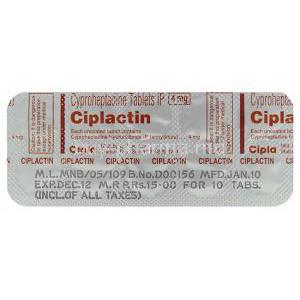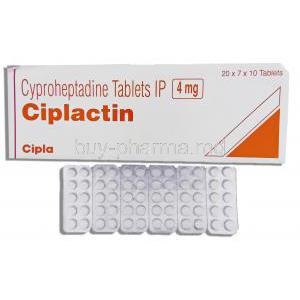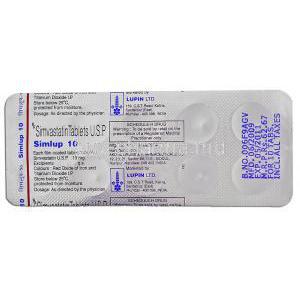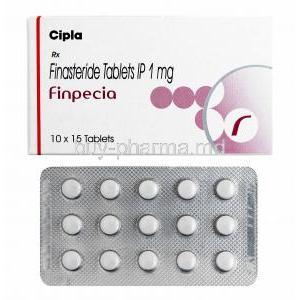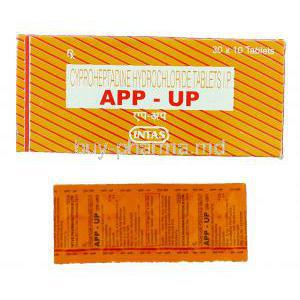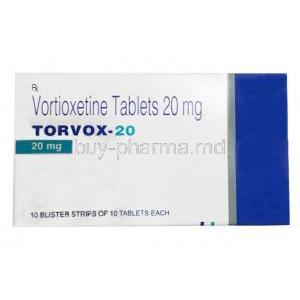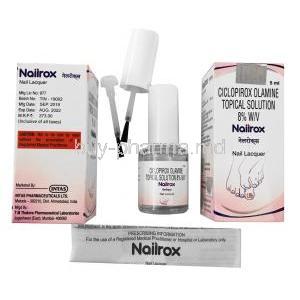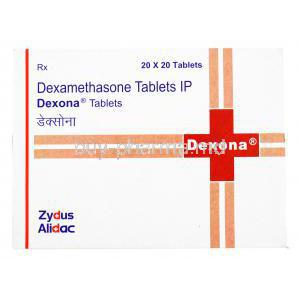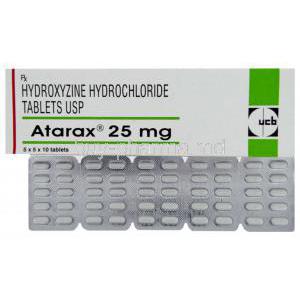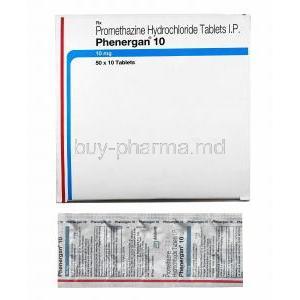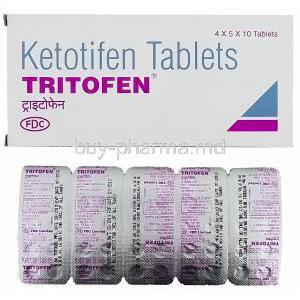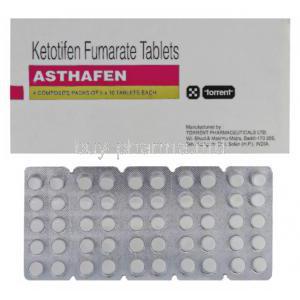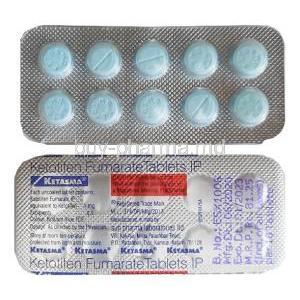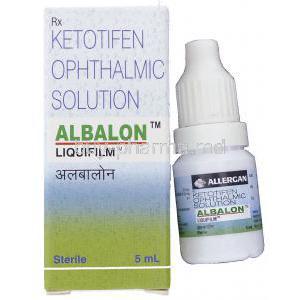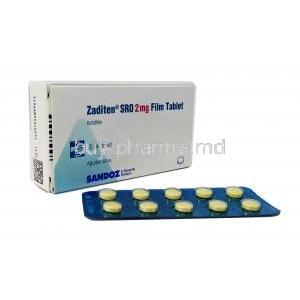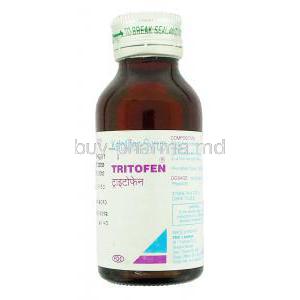Introduction to Ciplactin (Cyproheptadine HCL)
Ciplactin, containing Cyproheptadine Hydrochloride, belongs to the pharmacological class of first-generation antihistamines. Recognized for its potent ability to block histamine H1-receptors, it has been widely prescribed for allergic conditions and appetite stimulation. Its multipronged pharmacological activity has extended its clinical significance beyond conventional antihistamine use.
Historically, Cyproheptadine was introduced in the 1960s and has since gained approval in numerous regions for allergic disorders and other therapeutic indications. Over the years, its reputation has broadened due to off-label applications, particularly in cases of undernutrition and cachexia.
The therapeutic importance of Ciplactin lies not only in allergy suppression but also in its role in appetite regulation, migraine prophylaxis, and certain hormonal conditions. Its versatility makes it a unique medication with wide-reaching clinical implications.
Composition and Active Ingredients
The principal component of Ciplactin is Cyproheptadine Hydrochloride, a compound with both antihistaminic and antiserotonergic properties. Its chemical framework includes a dibenzocycloheptene nucleus that confers broad pharmacological activity.
Formulations typically contain excipients such as lactose, starch, magnesium stearate, and coloring agents, depending on the manufacturer. These ensure stability, palatability, and ease of administration.
Available dosage forms include:
- Tablets (commonly 4 mg strength)
- Syrup formulations for pediatric and geriatric populations
Mechanism of Action: How Ciplactin Works
Ciplactin exerts its primary effect through H1-receptor antagonism, thereby inhibiting histamine-induced responses such as nasal congestion, sneezing, and skin itching. This property underpins its value in allergic conditions.
Additionally, it acts as a serotonin antagonist, particularly at 5-HT2 receptors, which influences appetite regulation and is linked to its weight-gain promoting effects. This dual action sets it apart from many conventional antihistamines.
Other noteworthy pharmacological effects include:
- Anticholinergic activity leading to mild sedation and dryness of mucous membranes
- Sedative properties beneficial for patients with insomnia secondary to allergic symptoms
Medical Uses of Ciplactin
Allergy-Related Uses
Ciplactin is a trusted agent in the management of diverse allergic conditions:
- Relieves allergic rhinitis and hay fever, reducing nasal obstruction and rhinorrhea.
- Provides symptomatic control of allergic conjunctivitis and urticaria.
- Assists in alleviating pruritus associated with atopic dermatitis and insect bites.
Appetite Stimulation
One of its hallmark uses is in stimulating appetite. Physicians frequently prescribe it for:
- Patients with loss of appetite and unexplained weight loss
- Individuals suffering from malnutrition or underweight conditions
- Cachexia associated with chronic illnesses such as cancer or advanced tuberculosis
Migraine and Cluster Headache Prophylaxis
Cyproheptadine demonstrates efficacy as a prophylactic treatment for pediatric migraine sufferers. Studies have shown reductions in both the frequency and severity of attacks, particularly where conventional agents are unsuitable.
Other Therapeutic Indications
- Adjunct in Cushing’s syndrome due to serotonin-blocking activity
- Supportive treatment for serotonin syndrome
- Management of cold-induced urticaria
Off-Label Uses of Ciplactin
- Enhancing appetite in children with growth delays
- As a sedative aid in sleep disorders
- Therapeutic option for cyclical vomiting syndrome
- Occasional off-label use in psychiatric contexts, such as anxiety-related eating disorders
Dosage and Administration Guidelines
The recommended dosage varies depending on age, indication, and clinical response:
- Adults (allergic disorders): 4 mg tablets taken 2–3 times daily
- Appetite stimulation: 2 mg taken 2–3 times daily initially, adjusted according to response
- Pediatric patients: Dosage tailored by body weight and age, typically in syrup form
Administration is oral, with or without food. Treatment duration may range from short-term relief of allergies to extended courses for appetite regulation. Gradual tapering is advisable in prolonged use.
Side Effects of Ciplactin
Common Side Effects
- Drowsiness and daytime sedation
- Dry mouth, blurred vision, and dizziness
- Increased appetite leading to noticeable weight gain
Less Common and Rare Side Effects
- Mood changes, confusion, or irritability, especially in children
- Hypotension and palpitations
- Urinary retention and constipation
- Photosensitivity reactions
Serious Adverse Effects
- Severe hypersensitivity reactions such as anaphylaxis or angioedema
- Extrapyramidal symptoms and neurological disturbances
- Rare reports of liver function abnormalities or hepatotoxicity
Drug Interactions
Ciplactin may potentiate or be potentiated by other agents:
- Enhanced sedation with CNS depressants such as alcohol, benzodiazepines, and barbiturates
- Synergistic anticholinergic burden with similar agents
- Hazardous interactions with MAO inhibitors and certain antidepressants
- Possible influence on specific laboratory test results
Warnings and Important Precautions
- Risk of excessive drowsiness necessitates avoidance of operating heavy machinery or driving
- Potential for marked weight gain during prolonged administration
- Caution in patients with hepatic or renal impairment, due to altered metabolism and excretion
- Ongoing monitoring is advised for long-term users, particularly in pediatric populations
Contraindications
Ciplactin (Cyproheptadine Hydrochloride) is contraindicated in specific populations and clinical contexts where risks significantly outweigh therapeutic benefits. Recognizing these limitations is essential to ensure patient safety and therapeutic efficacy.
- Known hypersensitivity: Individuals with a documented allergy to cyproheptadine or structurally related compounds must avoid its use to prevent severe hypersensitivity reactions, including anaphylaxis.
- Narrow-angle glaucoma and urinary retention: Due to its anticholinergic effects, Ciplactin can exacerbate intraocular pressure and obstruct urinary flow, worsening these conditions.
- Severe asthma or COPD exacerbations: The sedative and anticholinergic actions may impair respiratory drive and airway clearance, posing a significant hazard during acute respiratory compromise.
- Use in neonates and very young infants: Owing to immature metabolic pathways and heightened sensitivity to anticholinergic effects, administration in this group is contraindicated.
Careful Administration and Special Considerations
Elderly Patients
Older adults often demonstrate increased pharmacodynamic sensitivity to antihistamines and anticholinergics. Even standard therapeutic doses may provoke exaggerated responses.
- Enhanced vulnerability to sedation and confusion, which may impair daily functioning.
- Risk of falls and fractures due to dizziness, blurred vision, or impaired coordination.
- Potential for heightened interactions with polypharmacy common in geriatric care.
Pregnant Women and Nursing Mothers
The safety profile of Ciplactin during pregnancy remains inadequately established. Caution is imperative, particularly in late gestation.
- Administration during the final trimester may precipitate neonatal sedation or respiratory depression.
- Excretion into breast milk has been documented, carrying the potential for sedative and anticholinergic effects in nursing infants.
- Alternative therapies are generally preferred unless the expected benefit justifies the potential risk.
Children and Adolescents
Pediatric populations require careful monitoring due to variable responses and heightened sensitivity to central nervous system effects.
- Approved for certain allergic disorders and as an appetite stimulant under physician supervision.
- Behavioral side effects such as irritability, excitability, or paradoxical stimulation have been observed, especially in younger children.
- Dosage guidelines must be strictly weight-based, with gradual titration to minimize adverse reactions.
Overdosage and Emergency Management
An overdose of Ciplactin can result in pronounced central nervous system and anticholinergic toxicity. Prompt recognition and intervention are critical.
- Symptoms of overdose: hallucinations, profound drowsiness, ataxia, dry mucous membranes, seizures, and in severe cases, coma.
- Immediate interventions: discontinuation of the drug, securing airway patency, and urgent transfer to a medical facility.
- Treatment strategies: gastric lavage and activated charcoal to reduce absorption, administration of intravenous fluids, and supportive care to stabilize cardiovascular and neurological functions.
Storage and Handling Precautions
Proper storage and handling of Ciplactin ensure its pharmacological stability and reduce the risk of accidental ingestion or misuse.
- Storage conditions: Maintain at controlled room temperature, typically 20°C–25°C, protected from excess heat, moisture, and direct light.
- Child and pet safety: Store in a secure location out of reach to prevent accidental ingestion.
- Disposal guidelines: Expired or unused medication should be discarded in accordance with local pharmaceutical waste protocols to avoid environmental contamination.
- Handling precautions: Caregivers and healthcare workers should avoid direct contact with broken tablets or spilled syrup to minimize exposure risks.

